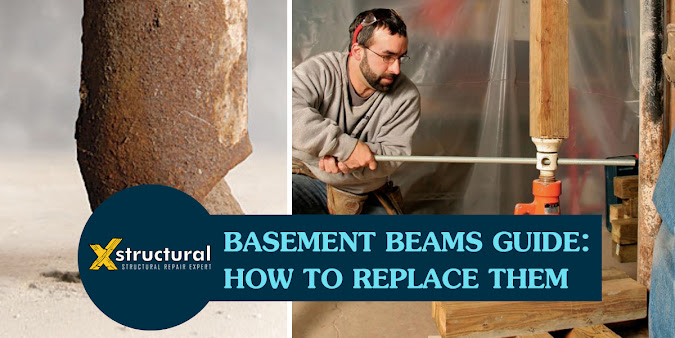The Benefits of Jacking and Leveling for Residential and Commercial Properties

Jacking and leveling are important techniques for ensuring the structural stability of buildings and other structures. Here is a brief overview of each technique: Jacking: Jacking is the process of lifting a structure to a desired height using hydraulic jacks. This technique is typically used when the foundation of a building has settled or shifted, causing the structure to become uneven or unstable. Jacking can help to restore the building to its original level and prevent further damage. It is important to note that jacking should only be done by trained professionals who have experience in this technique, as it can be dangerous if not done properly. Leveling: Leveling is the process of adjusting the height of a building or structure to make it level. This technique is typically used when a building or structure is sloping or uneven, which can be caused by a variety of factors such as settling, shifting, or poor construction. Leveling can involve a variety of techniques, including...

